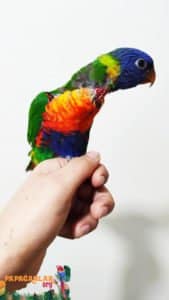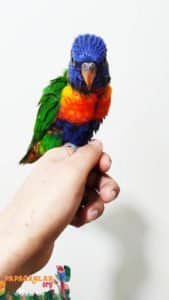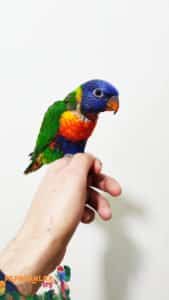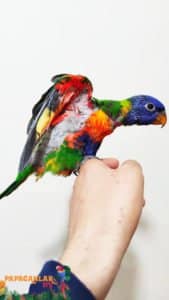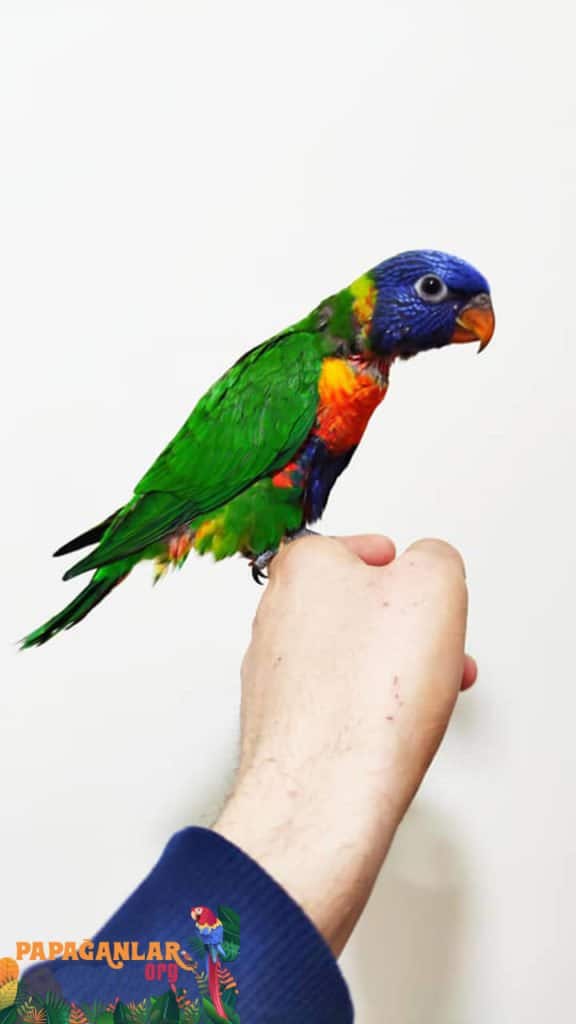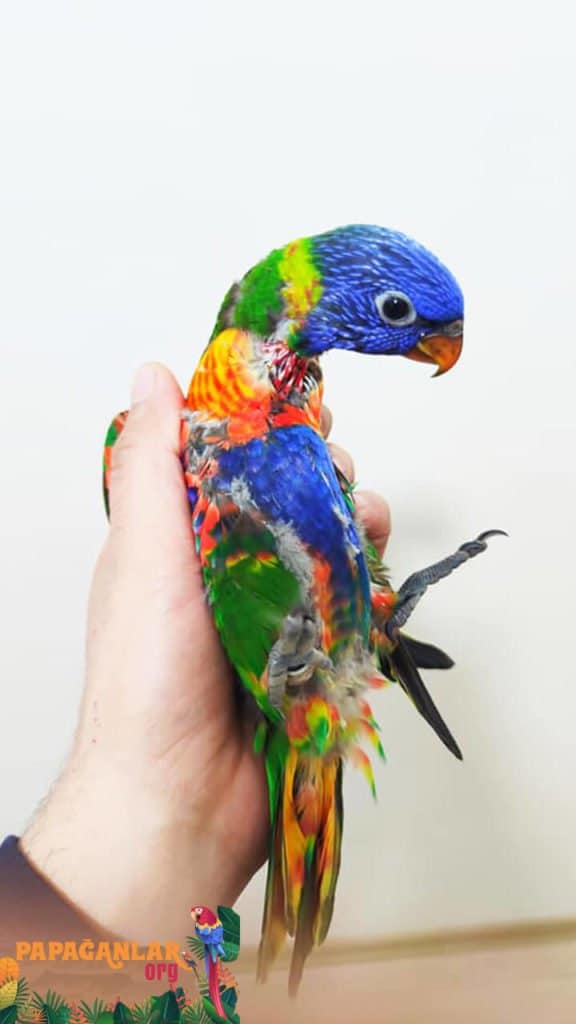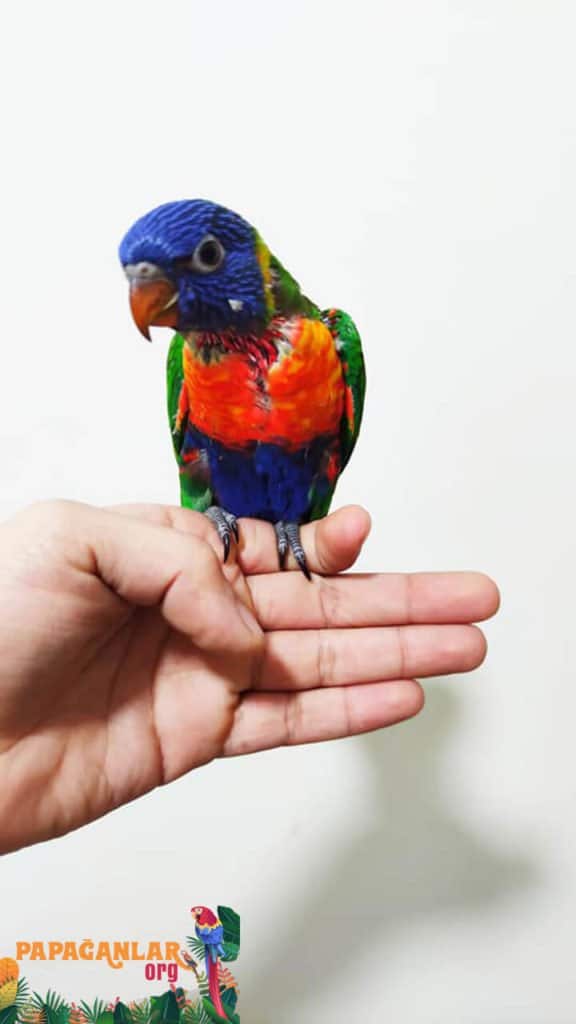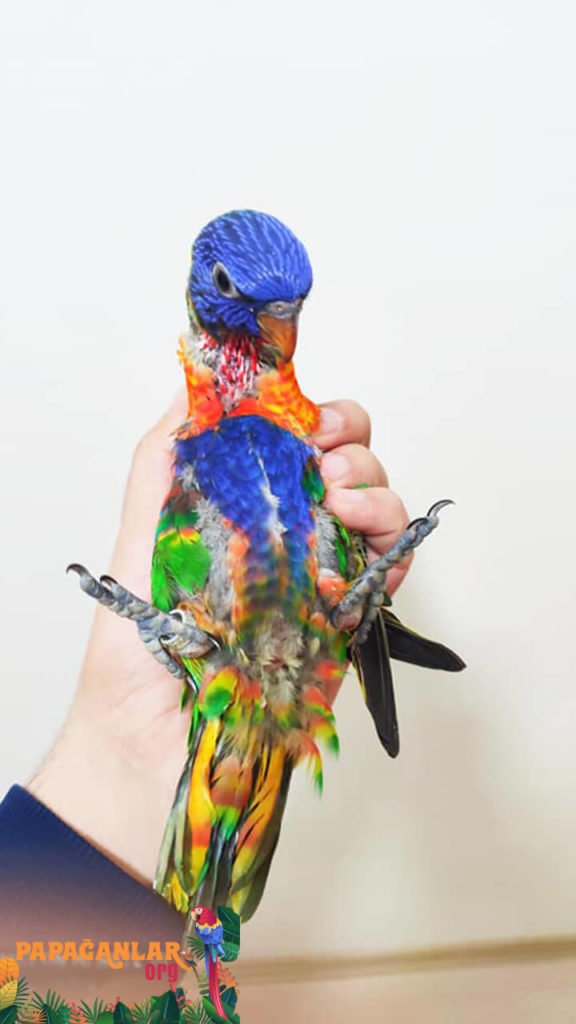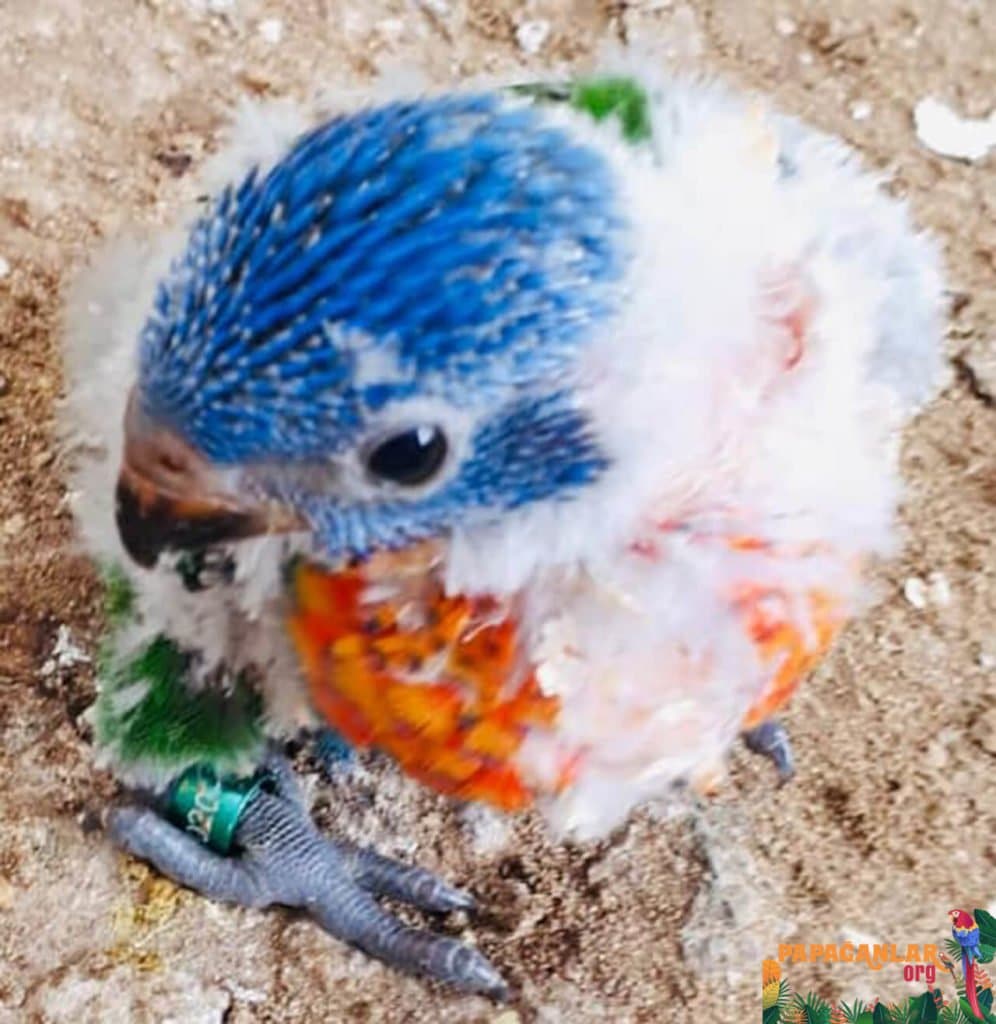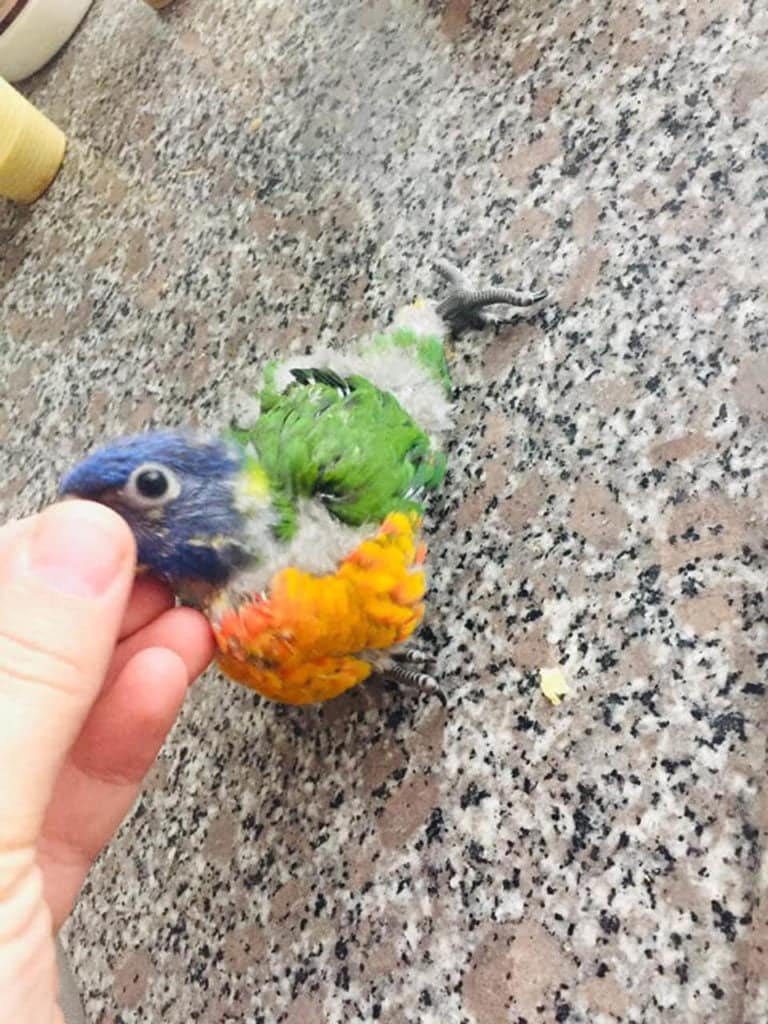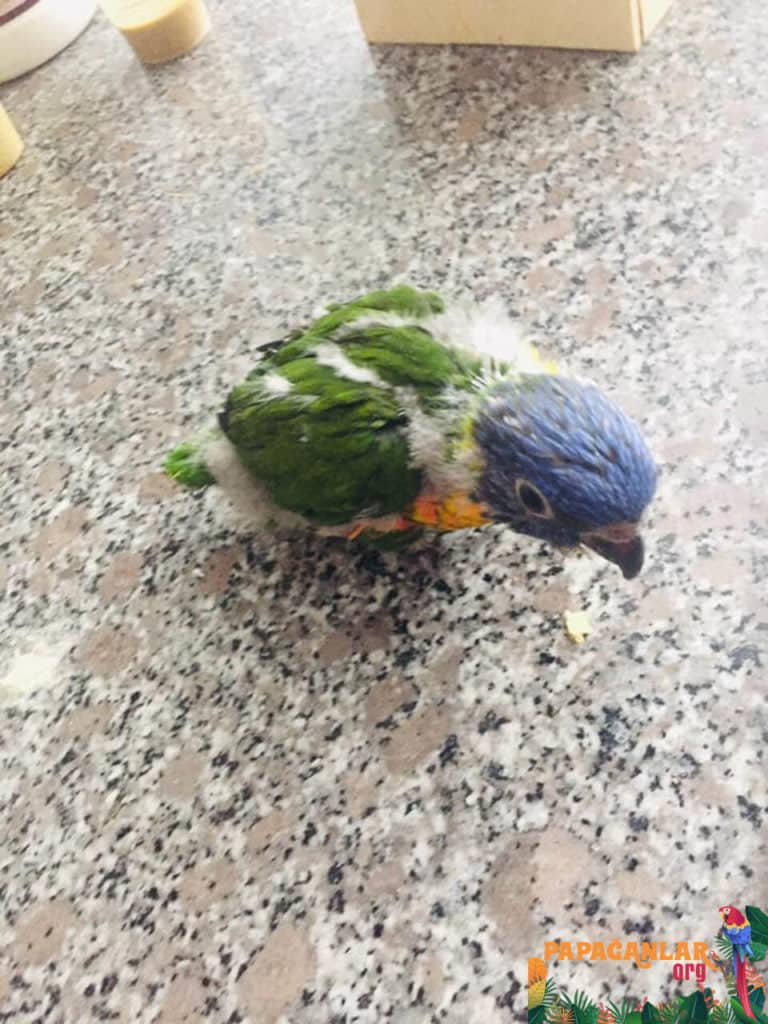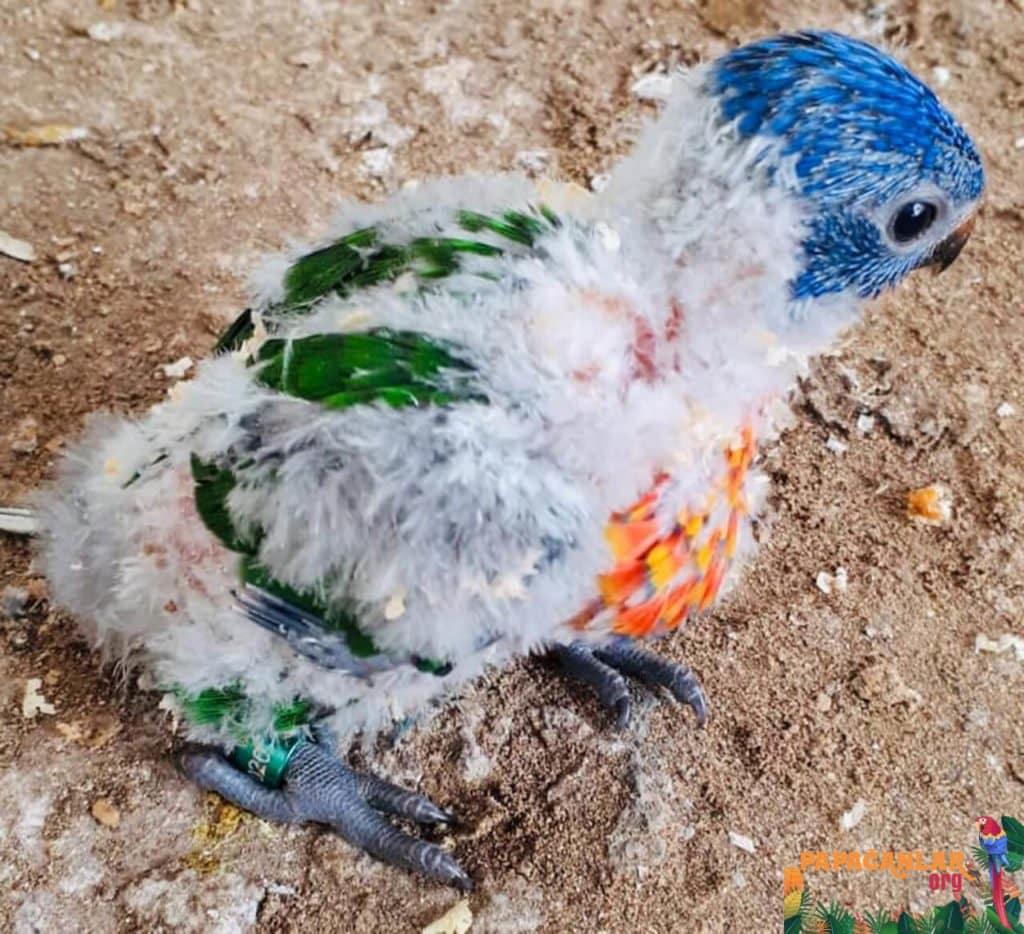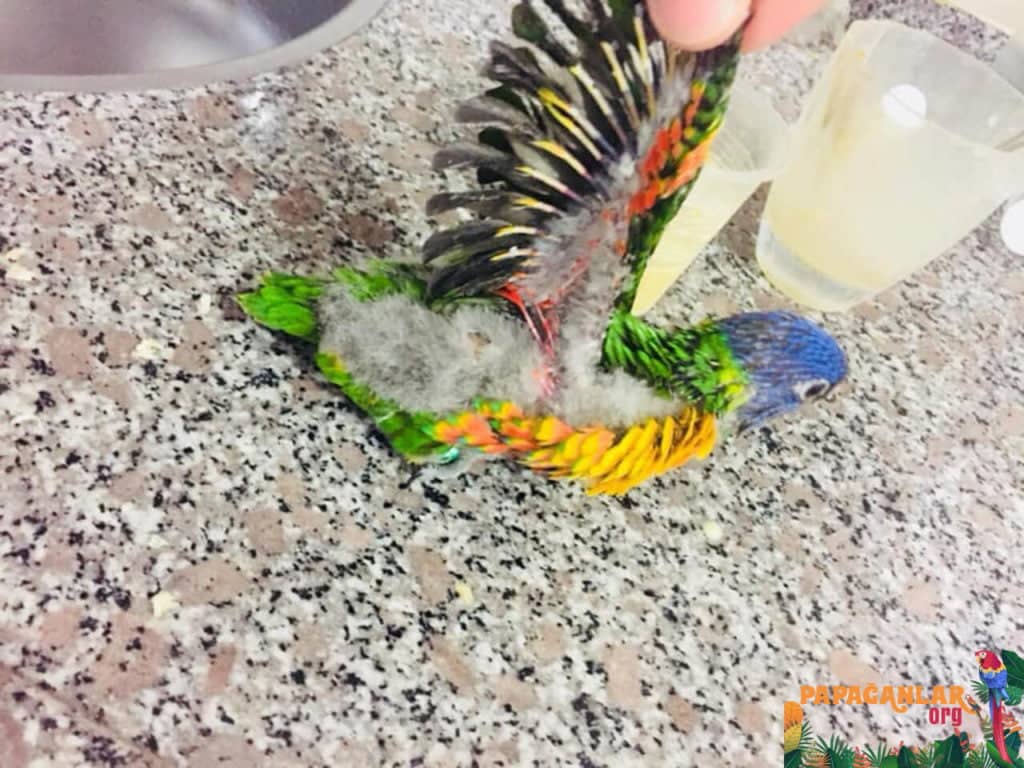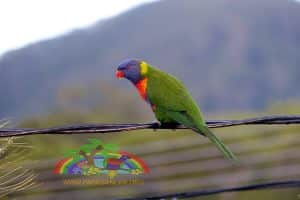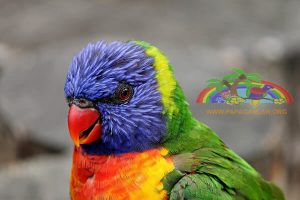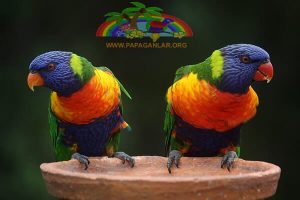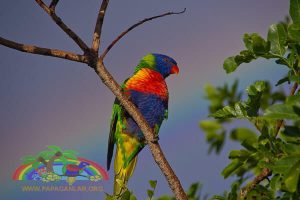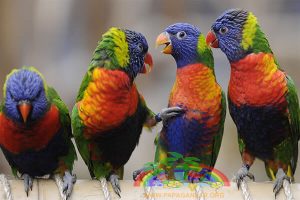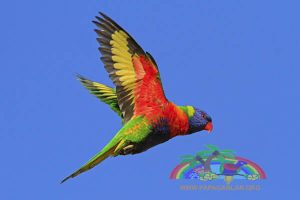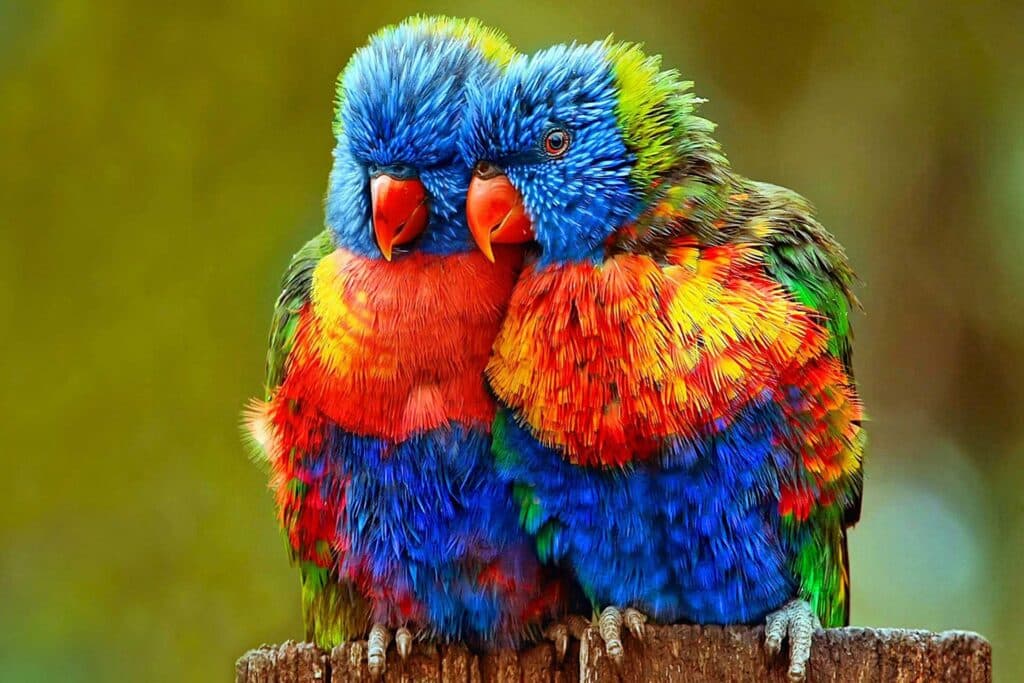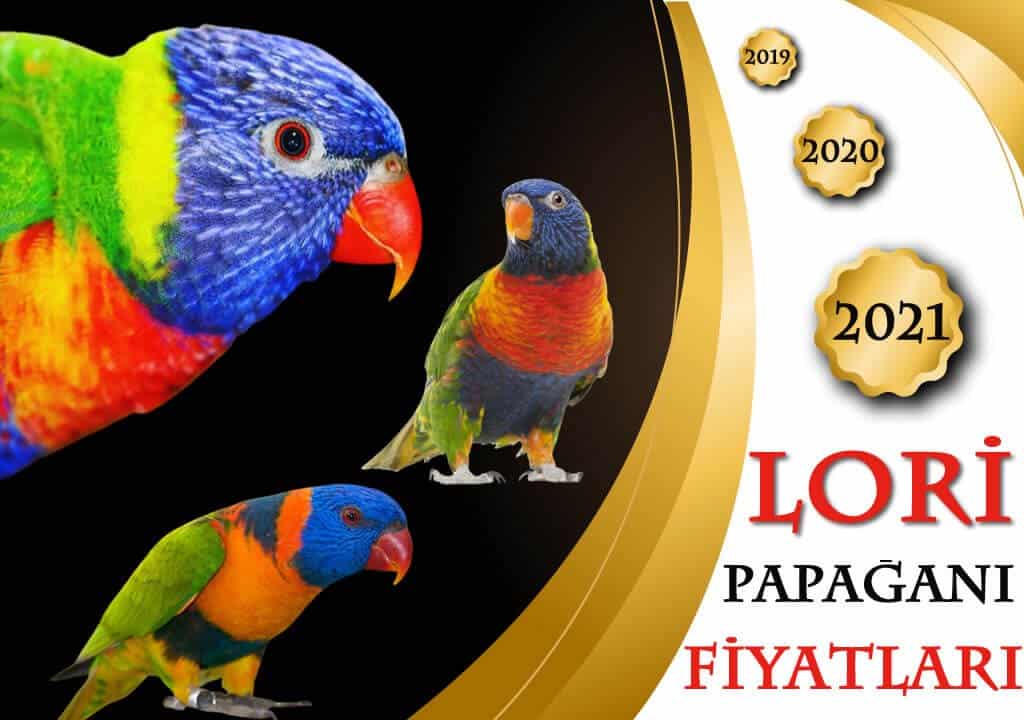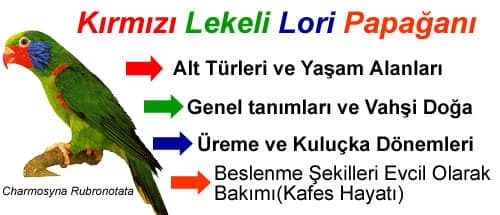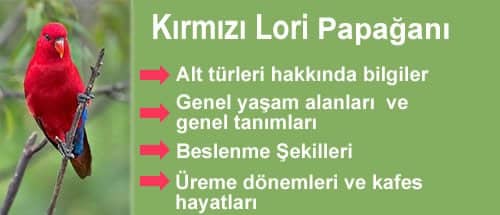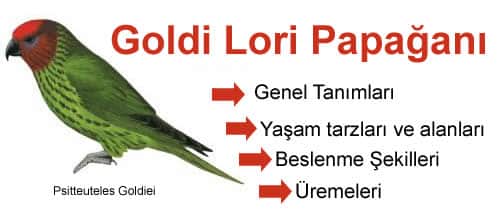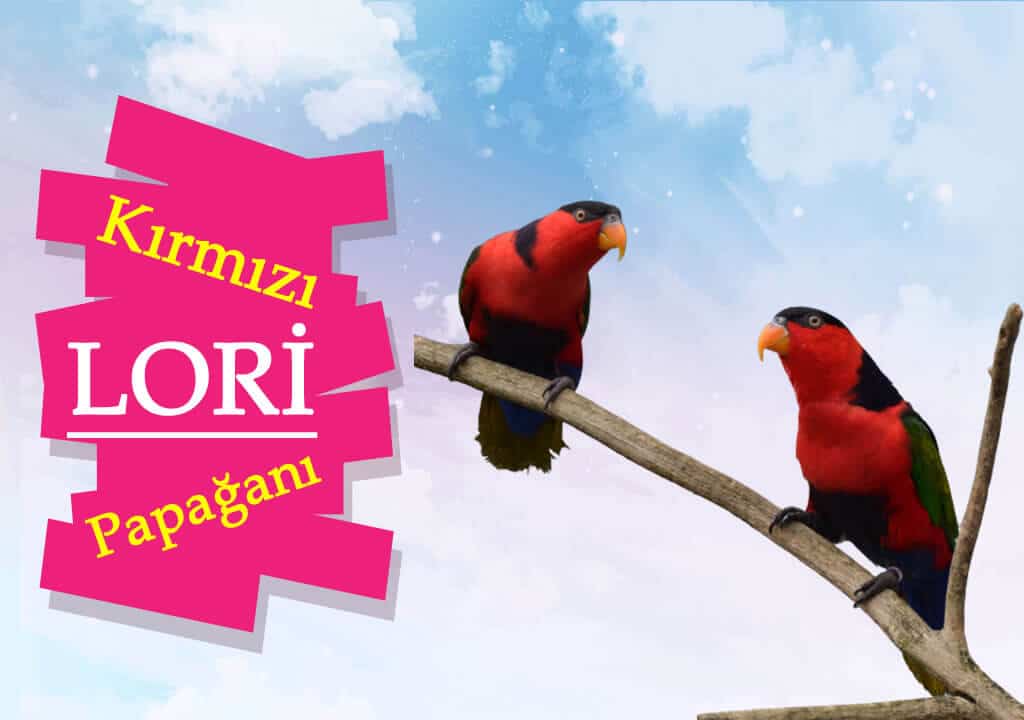Blog
Rainbow Lory Parrot
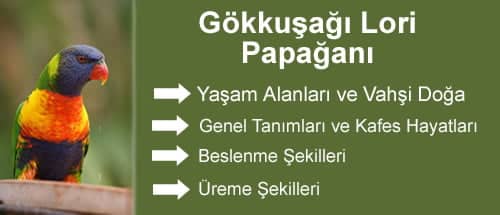
Rainbow Lori Parrot Habitats
They are a wide variety of colorful species. They inhabit a very wide area, from Australia, Solomon, New Guinea, to the islands in Indonesia (Bali, Lombok, Timor, Flores, etc.). They can be found in a variety of climates, from tropical rainforests to savannas. They can even settle in areas where civilization is dense. Their preferred places are mostly areas up to 200 meters high.
Generally, they are species that roam in large groups and very noisy outside the incubation period. They are very good climbers. Some of them also travel long distances in search of food. They usually fly from one island to another over the open seas.
General Definitions
They are multi-colored parrots, measuring about 23 – 20 centimeters. But for many versions of this type (such as T. H. Capistratus, T. H. Mitchelii, T. H. Rubritorquis, T. H. Stresemanni), we do not have a chance to give a full color definition.
Since the male and female are the same color, there is not much chance of separating them when viewed from the outside. It is possible to identify juveniles and young ones from the duller color tones and the much darker beak color.
What Does Rainbow Lori Eat?
In general, Lori Parrots consume the pollen of flowers, fruit extracts ((Fruit nectar) and juicy soft fruits. In addition to these, they also consume seeds in very small amounts and infrequently. Insects and larvae are among the foods they eat as supplementary food. These are marked as harmful species in terms of orchards and planting areas (fruit) and are hunted because they are not very popular with farmers.
Rainbow Lori Puppies & Breeding and Cage Life
Since their breeding dates are variable, they incubate up to four times a year. Their brood consists of a maximum of 2-3 eggs. The incubation period is about 27 days. The young learn to fly in 50 – 60 days and then fly out of the nest in 2 – 3 weeks.
They choose high tree hollows for nesting. They lay the inside of them with tree splinters.
It is a type of lorikeet preferred as a pet. Their speaking abilities and imitation abilities are very high. They just don’t like cage life very much. It is also a species with a high call. They like to be very active and always active. When they are domesticated, they should not be left unattended. Because it is a species that needs intense attention.
Lori is the easiest type to produce domestically. Their life span is between 15 and 20 years. When you feed this species, it is necessary to feed it in room-type keels, that is, in cages with large areas, rather than cages. In order to have plenty of climbing opportunities, a layout should be established accordingly. She also likes to take a bath, so she should be washed frequently with a spray. The fact that the room temperature is not below 20 – 25 degrees also plays a very important role in their maintenance.
An important issue is that; Regardless of the breed, when you decide to buy and keep lorikeet, the diet of this breed is much more difficult compared to others. It is necessary to give very little (about 25%) of mixed seed and seed feeds given to others in their nutrition and to supplement the rest with mostly soft or even semi-liquid fruits, vegetables, plant extracts and natural fruit juices (fruit nectar). If this is not taken care of, we will soon have a parrot with digestive problems. Parrots fed this way also have a short lifespan. Another aspect of this diet that will tire you out is that Lori will defecate frequently and intensely. While it is somewhat manageable in the winter, in the summer this excrement causes odor in its shelter. Since feces accumulate on the bottom of the cage in a shorter time, it also requires cleaning the cage 2-3 times a day.
Rainbow Lori Family Subspecies
- T. H. Haematodus
- T. H. Rosenbergii
- T. H. Brooki
- T. H. Nigrogularis
- T. H. Micrppteryx
- T. H. Caeruleiceps
- T. H. Mitchellii
- T. H. Forsteni
- T. H. Djampeanus
- T. H. Stresemanni
- T. H. Capistratus
- T. H. Flavotectus
- T. H. Fortis
- T. H. Weberi
- T. H. İntermedius
- T. H. Flavicans
- T. H. Deplanchii
- T. H. Aberrans
- T. H. Massena Massena
- T. H. Nesophilus
- T. H. Moluccanus
- T. H. Septentrionalis
- T. H. Berauensis
- T. H. Rubritorquis




